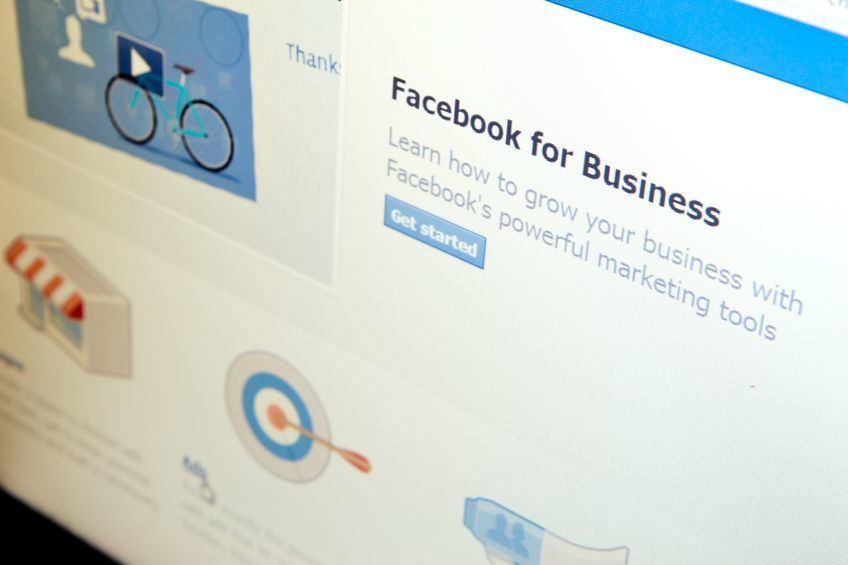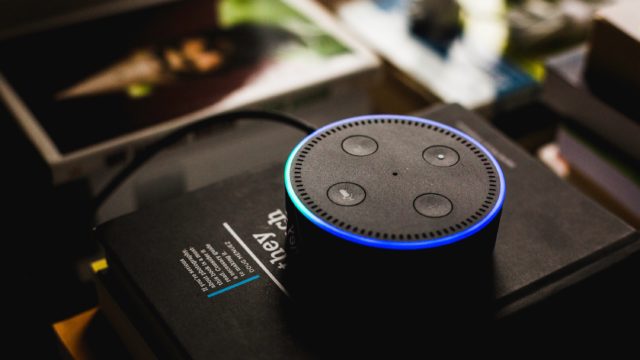Platforms like Facebook have changed the rules of marketing for good and there’s no going back.
With over one billion active users and up to 40 million business pages, there’s no doubt that Facebook is the new Promised Land of digital marketing.
Here are three main things you need to consider if you want to develop an effective Facebook ad strategy:
Setting Your Goal
Every successful marketing strategy should start with a simple question: What do I want to achieve with my ads?
Facebook advertising has a three-tier structure consisting of an ad campaign, ad set and ad, and it is at the ad campaign level that you should aim to answer this question.
Facebook ad manager offers a range of ad objectives and picking the right one is crucial for the success of your marketing strategy. Ad objectives on Facebook are grouped into three categories: awareness, consideration and messages, each containing several subcategories.
Awareness objectives are used to drive interest in your product or service and help you reach your target audience. Consideration objectives are where things get a little bit more specific, allowing you to choose between increasing traffic to your website, getting people to download your app, encouraging audience engagement, promoting your videos and generating leads. Finally, conversion objectives are the ones designed to get people to buy your product or use your service.
So which objective should you choose? First off, keep in mind that one campaign equals one objective. Since you can only choose one objective per campaign, you want to make that choice count. While each of the three ad objective categories is important for the overall marketing success, it is the conversion objectives that most business owners care about. Yet, if your an entrepreneur starting a new company, it’s likely awareness is your main concern. A team developing an app will likely be after increasing downloads, therefore consideration objectives would be most successful.
Determine what stage in the marketing or sales funnel you’re in to decide what ad objective will be most effective for you at this point.
Selecting Your Audience
Once you’ve set your ad campaign objective, it’s time to optimize audience targeting so that your ads will be delivered to the right people. Treat your ad as if it was a VIP event: only the select few get an invite. In other words, you want your ads to reach a specific group of people who are most likely to take an interest in your product or service and hopefully make a purchase or interact with your brand.
The great thing about Facebook advertising is that its algorithm is sophisticated enough to do most of the hard work for you. Facebook ad manager gives you three audience options to choose from: Core Audiences, Custom Audiences and Lookalike Audiences.
With Core Audiences, you get to manually select your audience based on specific characteristics, including gender, age, relationship status, education level and location.
If you choose Custom Audiences, you can upload a list of contacts, such as people who have already visited your website, used your mobile app and engaged with your content. This option is best when you’re trying to improve your relationship with existing customers and build trust and loyalty.
Lookalike Audiences uses information about your custom audience to connect you with people who have similar interests as your existing customers. This tool is one of the most powerful tools you can use to optimize your Facebook ads. Retargeting your custom audience is a great way to increase conversion rates since people who have already made a purchase or engaged with your content are more likely to do it again compared to first-time visitors. There will come a time, however, when you’ll want to expand your reach and attract new customers, and this is where Lookalike Audiences come into play.
Fine-tuning your target audience is essential for the effectiveness of your ad strategy. Otherwise, you’re just wasting time and money on advertising to people who don’t care about your product. Using Lookalike Audiences can help you expand your customer base, improve your ad return on investment (ROI), reduce Facebook advertising cost and ultimately get more value from your ads.
Tracking the Results
Last but not least, always make sure you’re keeping track of Facebook ad metrics. If you keep setting up ads without measuring their results, you’re just stumbling around in the dark. You need to have a clear of idea of what you’re doing right so that you can keep doing it, and also eliminate those parts of your ad strategy that aren’t producing tangible results.
Don’t be overwhelmed by the insane number of metrics that Facebook offers (over 100!). There’s absolutely no need to track all of them. In fact, for best results it’s a good idea to focus on the following 5: impressions, click-through rate (CTR), ad frequency, cost per click (CPC), and cost per action (CPA). Once you get the hang of it, you can experiment with other metrics to get more relevant data and improve your ad campaign performance.
To sum things up: for a killer Facebook ad strategy, brainstorm your campaign goals carefully, hone in on your target audience and measure your ad performance religiously. If you stick to these three basics of Facebook advertising, you’ll be able to develop a foolproof ad strategy that will help to reach your marketing goals.









